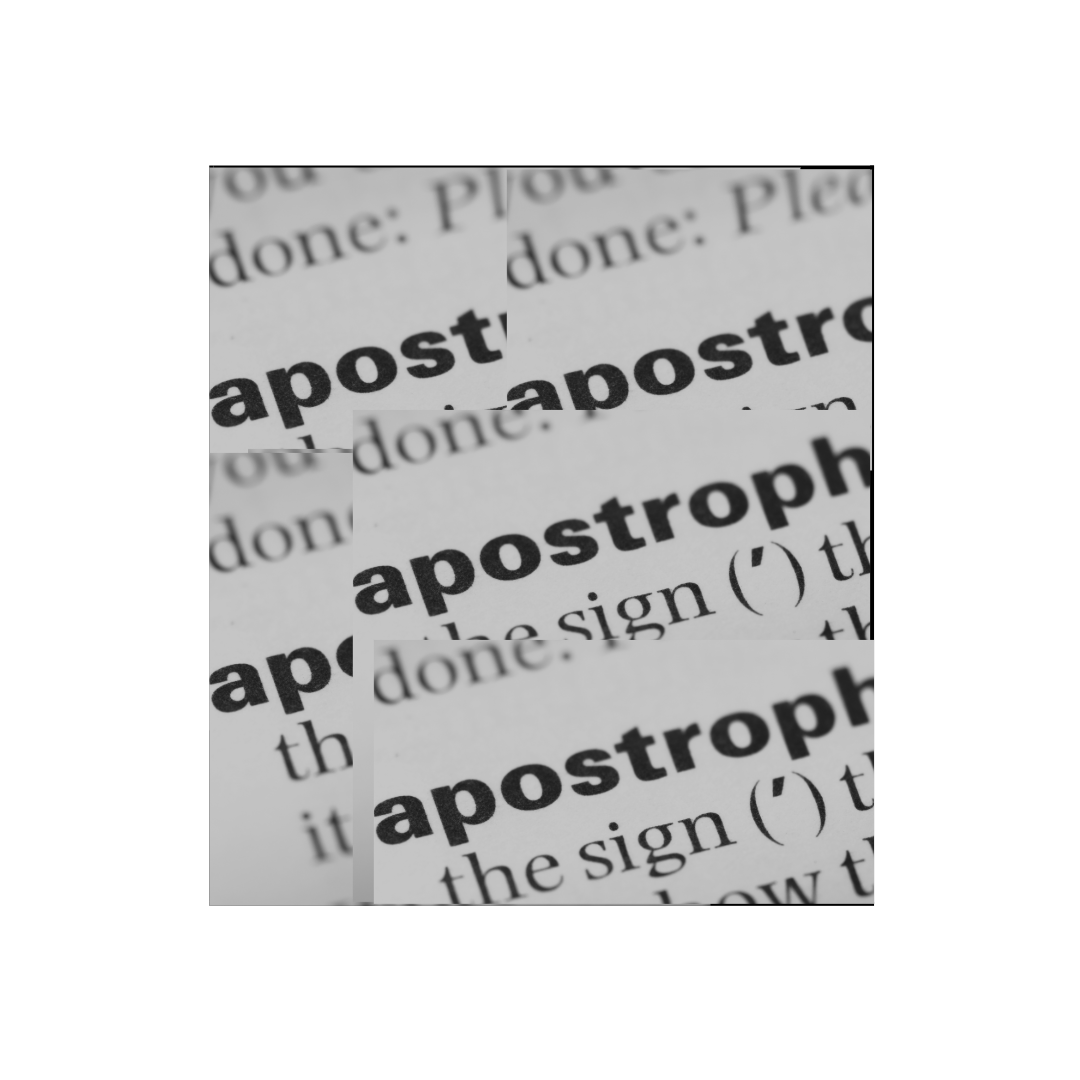From Middle to Modern
From Middle
to Modern
The journey of English, from Middle to Modern
Luke Nichol
To native speakers, language seems to come ‘naturally’, spoken and understood widely enough that its idiosyncrasies are taken for granted. In practice, Modern English is anything but natural—it is the result of over a millennium of linguistic development. This is clearly illustrated in the case of Middle and Early Modern English, which bear many traits that are recognizable to Modern speakers, while having specific differences that can be attributed to differences in context and historical development.
This primer will compare the pronouns and verb conjugations of Middle and Early Modern English to their modern forms, and to each other, and explain some of the changes that occurred in each era. Ultimately, the trend is towards speech patterns that come to be seen as common or unmarked, with the more formal or specific forms gradually being phased out for one reason or another. However, in cases where formal and informal patterns exist at the same time, their interplay allows for nuance in meaning that would not exist otherwise.
“In practice, Modern English is anything but natural–it is the result of over a millenium of linguistic development.”
Middle
English
(1066–1476)
The Middle English period is generally thought to have occurred between the Norman Conquest of 1066 and the popularisation of the printing press in Britain, in 1476. Throughout much of the Middle English period, the actual place of English was in flux, as the Norman Conquest would disrupt the existing Old English written standard, and Latin would take over from English as the documentary language. There was also a substantial number of regional dialects existing within the spoken language. With this in mind, some scholars advise the examination of Chancery English, the standard of written language followed by the Chancery (or English secretariat), during the reign of King Henry VI from 1422–1461. However, even in this period there was a substantial level of variation, which we will see below.
Below are three charts showing the pronouns and present tense conjugations that were used during this period—note the difference between ‘to bind’, as a regular verb, and ‘to be’, as an irregular. Also included is a list of subject, object and possessive pronouns in the second person, which represents a notable point of departure from Modern English.
Additional information can also be found in An Introduction to Early Modern English.
To Bind Singular Plural
First Person I binde We binde(n)
Second Thou bindest Ye binde(n)
Third He/she bind(e)th They binde(n)
To Be
First I am We ar(e)(n)
Second Thou art Ye ar(e)(n)
Third He/she is They ar(e)(n)
Second Person Pronouns
Object Thou/Thow Ye
Subject The(e) You
Possessive Thy(n)(e) Your(e)(s)
There was great variation in Middle English verbs and pronouns, which are represented in the brackets. Chancerian English employed many of these variations to retain metric in written language, which demonstrates the high degree of variability in Middle English and the lack of a single ‘standard’. Some of these variations represent regional dialects—for example, the Southern dialect would not use the (e) in the third person singular, whereas the West and East Midland dialects would use it freely. The full range of Middle English dialects is beyond the scope of this essay, but the Northern dialect bears noting—unlike Chancerian English and many dialects, it took -es and -is endings on its third person singular and plural verbs, e.g. she bindes. This will become relevant in our consideration of Early Modern English later.
Middle English:
Thou Vs You
Pronouns
As shown in the chart above, the pronouns you and ye were usually used in the second person plural, with the former being the object pronoun and ye being the subject. However, their role changed throughout the Middle English period, as they began to see use in the second person singular, often as a way of indicating respect or deference towards the superior position of the addressee. This change had its own implications for thou and thee pronouns, as they came to be used by speakers of superior status to assert themselves over the status of an addressee. An adult speaker, for example, might refer to a child as thou, whereas the child would respond with you. A similar dynamic existed between the upper class and commoners. Notably, the Christian God was often referred to as thou, which would appear to be inconsistent; this may have been a result of translations from older languages, where thou was only ever used to indicate number. Given the importance of the singularity of God in Christian theology, translators may have opted to retain the use of thou.
The status-oriented shift of the second-person pronoun could have resulted from Norman influence. After his coronation in 1066, William the Conqueror filled the English upper class with his allies, turning Normans into a small but powerful élite. Despite only making up roughly one percent of the population, the majority were landowners and church leaders by 1086. It is perhaps unsurprising that the French language came to be seen more as a class identity than an ethnic one, and that most of the borrowing from French took place among the upper class. The relevant borrowing in this case was the French use of the second person pronouns tu (singular) and vous (plural), which were historically used both to indicate the number of subjects, and the relative level of respect and status between the subject and speaker. In the Early Modern era, the use of thou and you as status signifiers is even more complicated.
Early Modern
English
(1476–Early
Eighteenth Century)
The Early Modern English period is dated from the popularisation of the printing press to the early eighteenth century. Printing allowed a greater degree of standardisation of the written English, though much of this standardisation took place in the sixteenth century. This standardised language was based largely on the Southern, rather than Northern or Western, dialect. That being said, aspects of the Northern dialect also served an important role.
A pair of tables have been included for the regular verb ‘to pray’ and the common irregular verb ‘to be’. A list of subject, object and possessive pronouns in the second person have also been included.
To Pray Singular Plural
First person I pray We pray
Second Thou pray(e)st/you pray You/ye pray
Third He/she prayeth/prays They pray
To Be
First I am We are
Second Thou art/you are You are
Third He/she is He/she is
Second Person Pronouns
Object Thou, later you Ye, later you
Subject Thee, later you You
Possessive Thy/thine, later thy/your Yours
Modern English speakers will note the familiarity of a number of conjugations here, particularly in the case ‘to be’. A certain amount of levelling has occurred compared to Middle English, whereby local variations have been gradually phased out. The key differences from Modern English we are focusing on are the mutual existence and competition between thou and you as second-person singular pronouns, as well as the competition between -eth and -es verb endings.
Early Modern
English:
Thou Vs You
In Early Modern English, the distinction between thou/thee and you/ye existed along similar status lines to Middle English, with you developing as a common form of address, and thou becoming a more familiar and perhaps even condescending form. This change is, to some extent, unsurprising, and may have even predicted the replacement of thou with you in Modern English. Even in the Middle English era, you was increasingly used among equals to indicate mutual status and respect—ergo, it would be of more use in daily life, and among a broader subset of the population. Only the elite were likely to refer to others as thou in the sense of status, and only in cases where they outranked them, or wished to make their superior status known. And in most cases, using you was simply more polite, and so became the method of avoiding offense one way or the other. In any case, the use of you would continue to spread until the end of the seventeenth century, where the thou pronoun only applied in non-standard cases and in religious discourse.
Early Modern
English:
Third Person
Conjugations
The use of -es and -eth endings in third person singular conjugations was a contested field throughout the Early Modern Period, both existing at the same time and competing in use in literature and spoken English.17 Unlike you versus thou, this difference is of the origin, with the -es ending originating from the North of England, and the -eth ending from the south. Ultimately, the trend was towards the Northern -es; by the end of the sixteenth century, -es usage laid at about 45 percent in London, and by the early seventeenth century the -eth ending was almost entirely supplanted by -es.
With all this said, the use of -es and -eth endings endings were not necessarily either/or, and there remains a few examples, particularly in writing, of both being used. Indeed, just as in the case of thou and you, it appears as if there were specific contexts and implications that one or the other was more suited to. The most obvious example is in the case of Shakespeare, who appeared to follow the general trend away from the -eth ending. In the plays writen from 1591–1599, the -eth ending was used 239 times, while the -es ending was used only 68 times. This trend is reversed in the plays written from the 1600–1613 period, where only 29 -eth endings appeared, compared to 185 -es endings. However, this trend away from -eth may have made instances of its use more noticeable to the audience, and may have represented deliberate stylistic choices by Shakespeare himself. To Estelle Taylor, the choice between -es and -eth in Shakespeare’s work carried a surprisingly array of implications for example, the below excerpt, where both endings are applied to different instances of same verb to maintain a stress on hateth/hate:
For Suffolke, he that can doe all in all/With her, that hateth thee and hates us all.
Similarly, the mixing of the -es and -eth endings could be used to highlight antonyms, with different conjugations emphasising the difference between two opposing verbs:
The more I love, the more he hateth me …
In some cases, the -eth ending may have been used to indicate a poetic touch, or to evoke an air of majesty and formality. In others, it might imply a level of pomposity, and be used either to convey the mocking tone of the speaker, or to highlight the speaker themselves as a focus of mockery. In other words, the waning popularity of the -eth form actually emphasised its stylistic use, and so Shakespeare would leverage it ‘wherever and with whatever character he can gain the greatest rhetorical effect’ With this in mind, Shakespeare’s gradual phasing out of -eth in his plays represented a shift in style as much as it did an adaption to more common language forms.
It should be clear, then, that the English language has been subject to development on a historical scale, with entire grammar forms shifting in and out of use, adopting new uses and even coexisting in some cases. Furthermore, this development was far but inevitable; it occurred in response to specific contexts and the needs of speakers or writers. If an older form was necessary or useful, then speakers could make use of them alongside more modern forms. Even a limited glimpse of the development of English reveals it to be a fluid and versatile language, capable of adapting to the needs of its speakers over the course of centuries.








